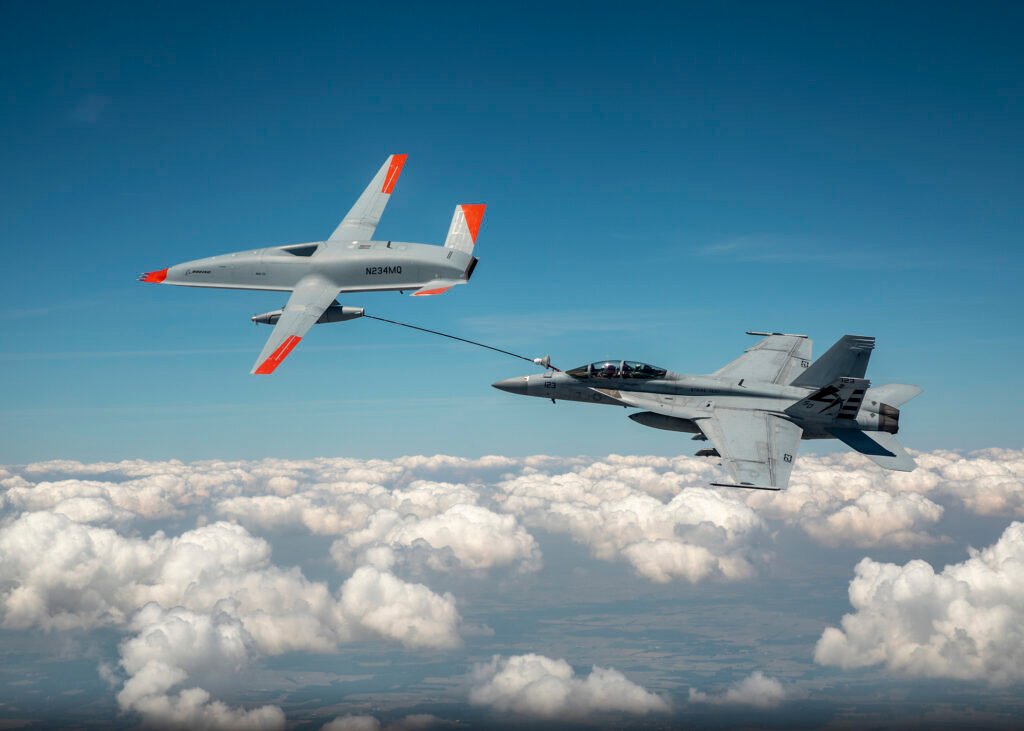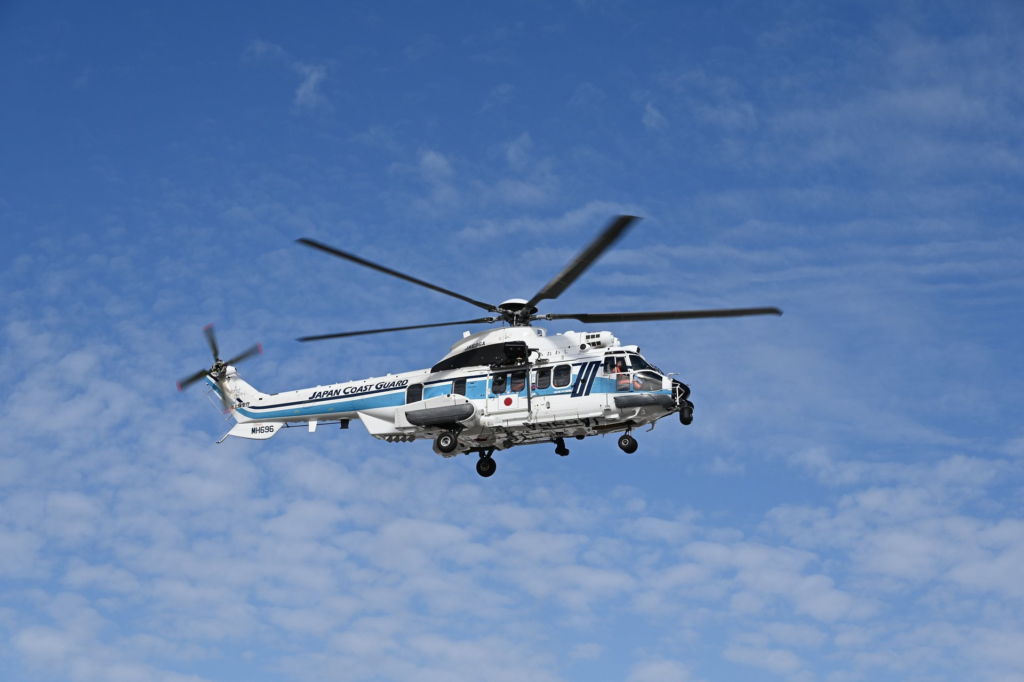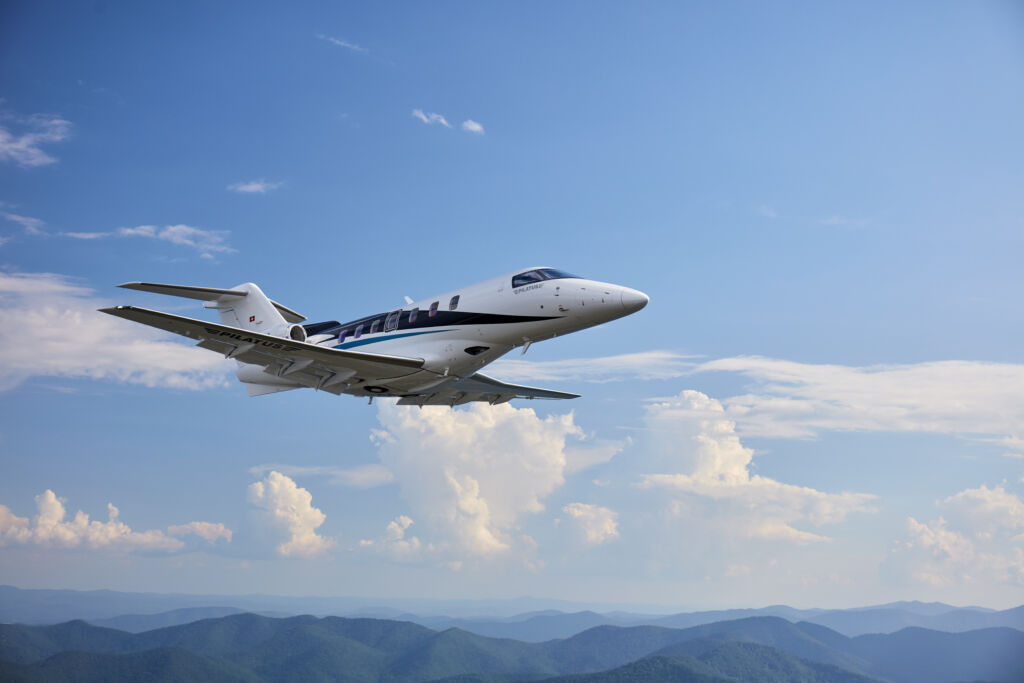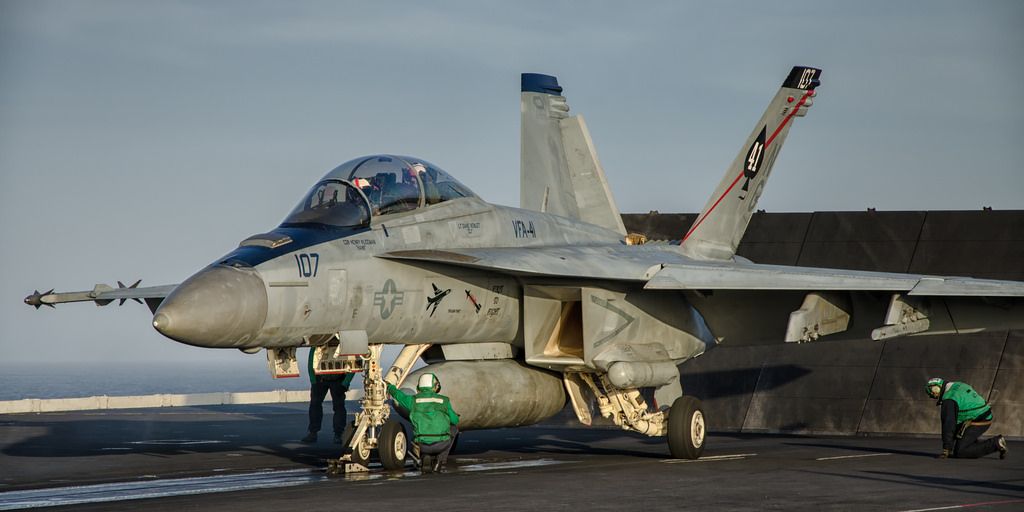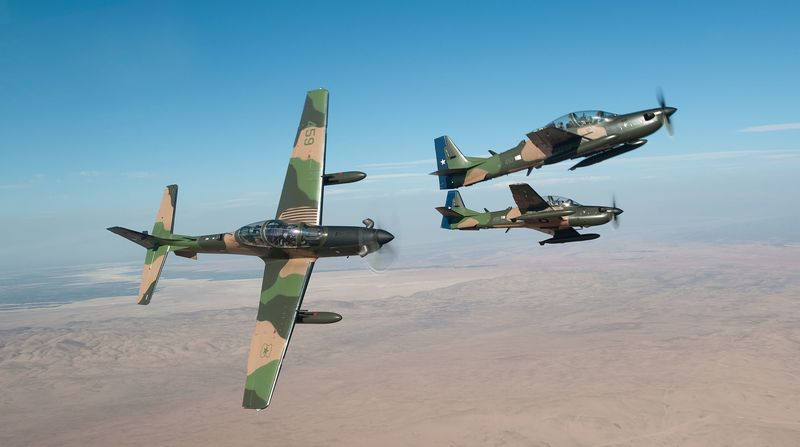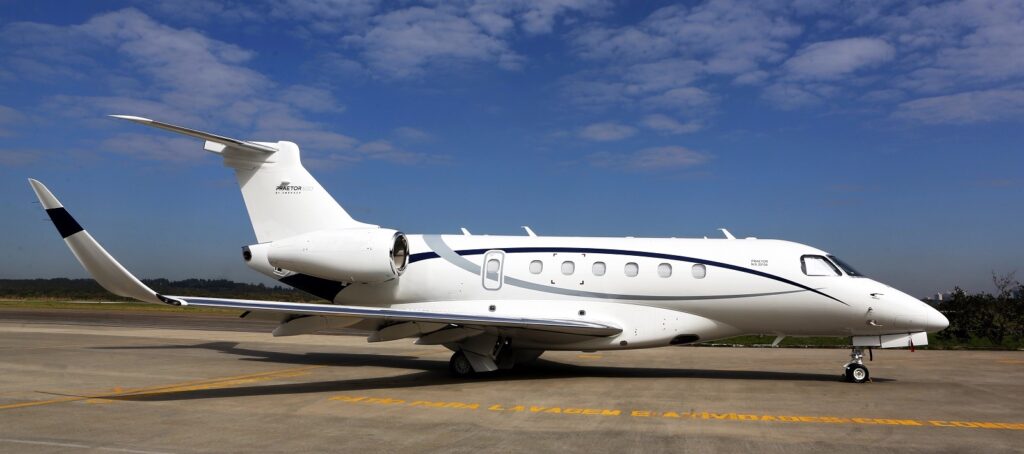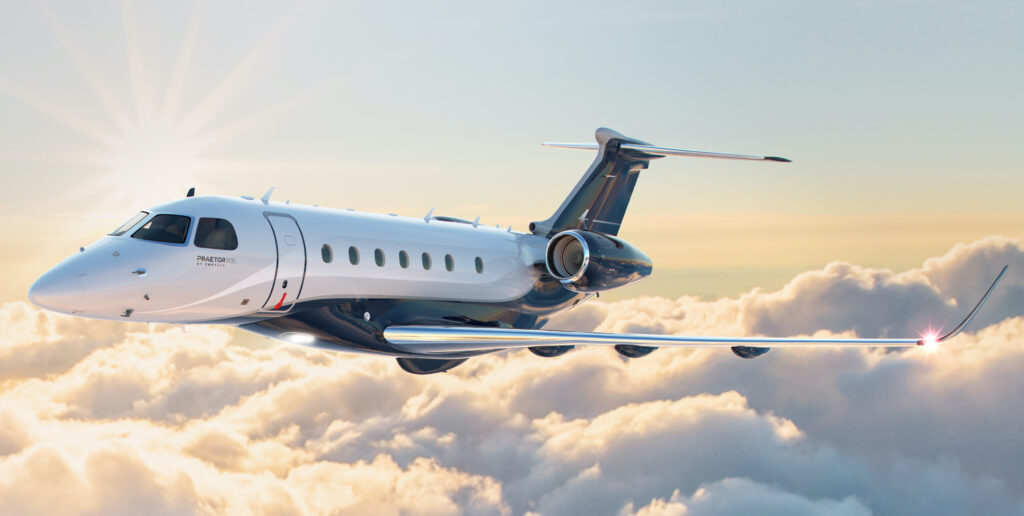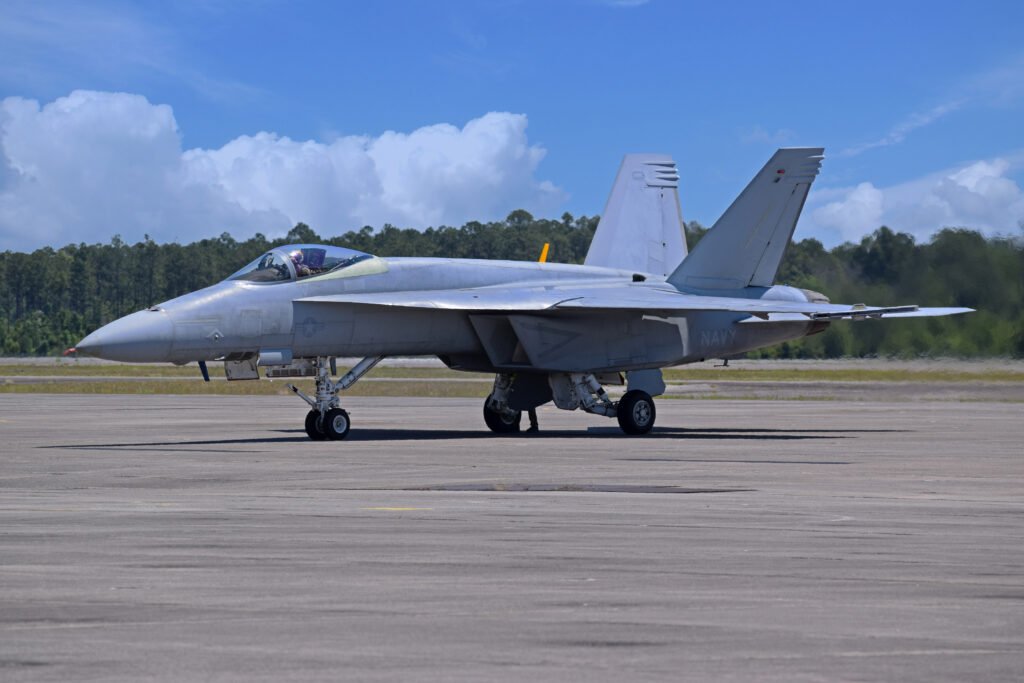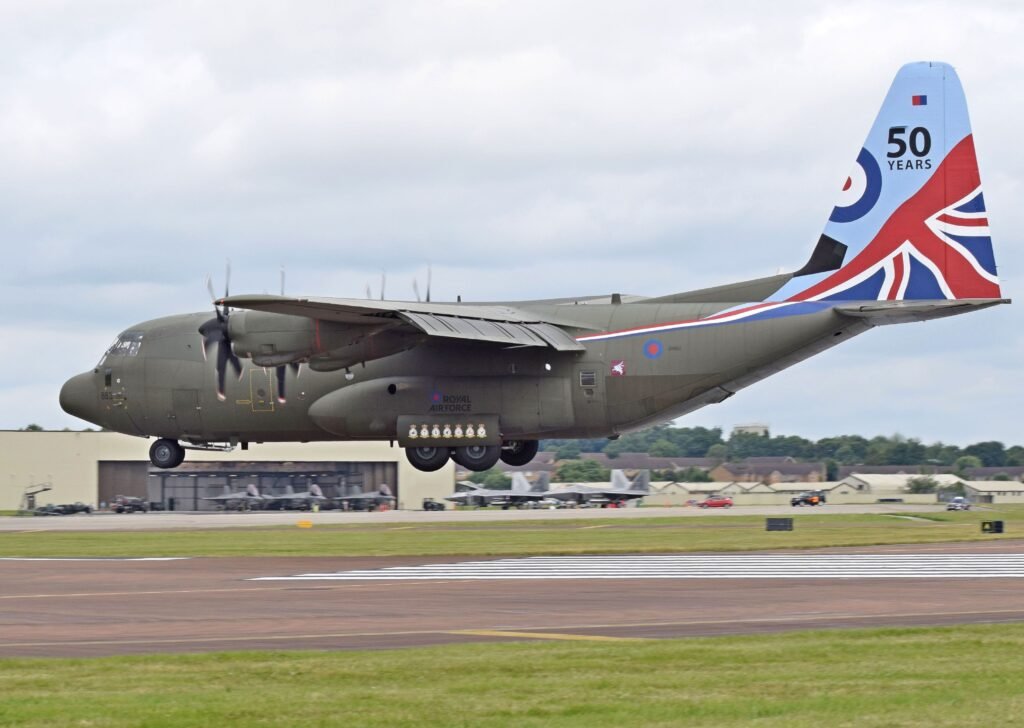SAF Orders Three H145 Airbus Helicopters for EMS Missions in France
Marignane,France 16 June 2021 – SAF Group will be operating three more five-bladed Airbus H145 helicopter's for emergency medical services (EMS). These three aircraft will be based in Grenoble, Valence, and Montpellier. They will complement the three…

